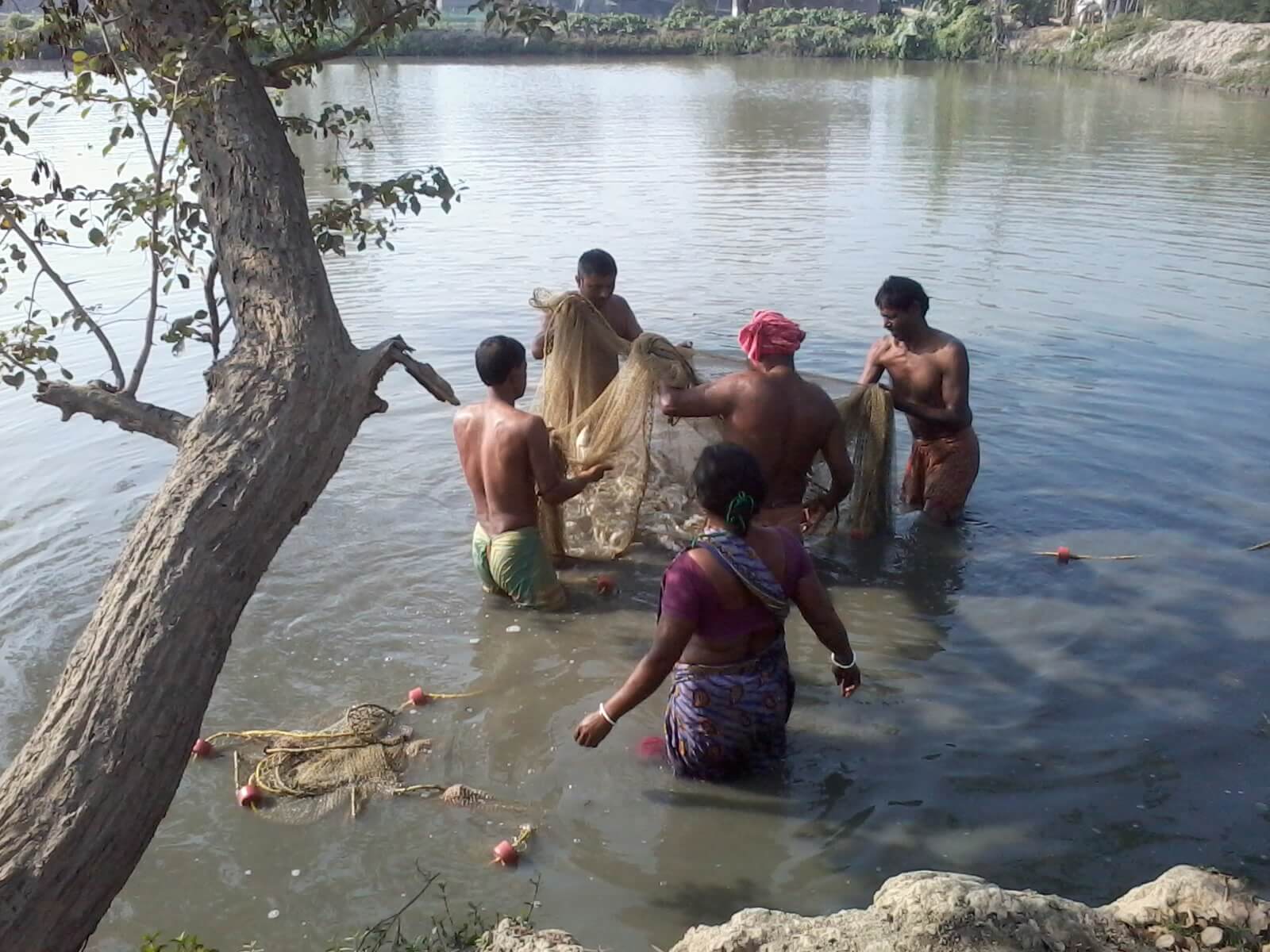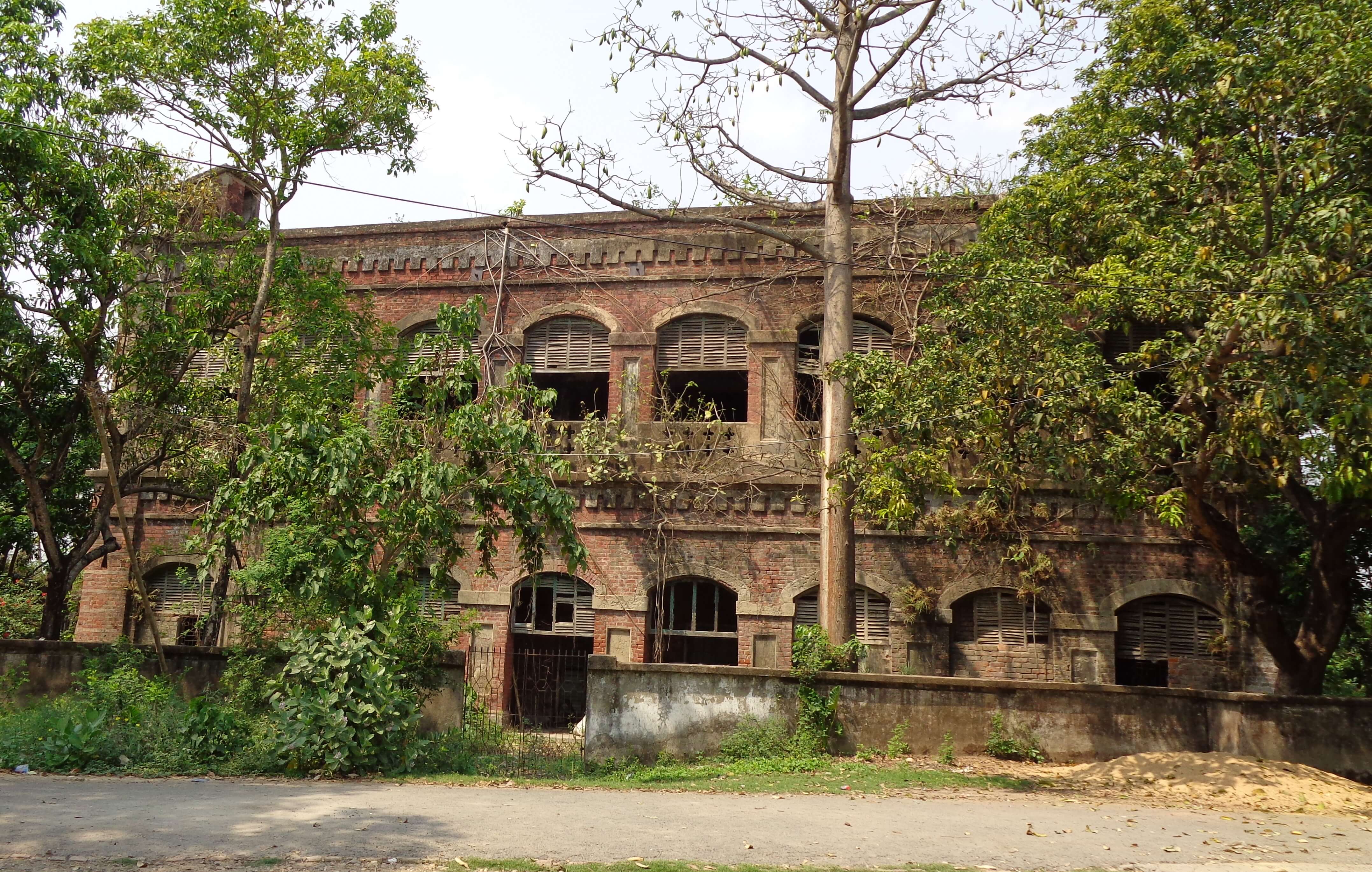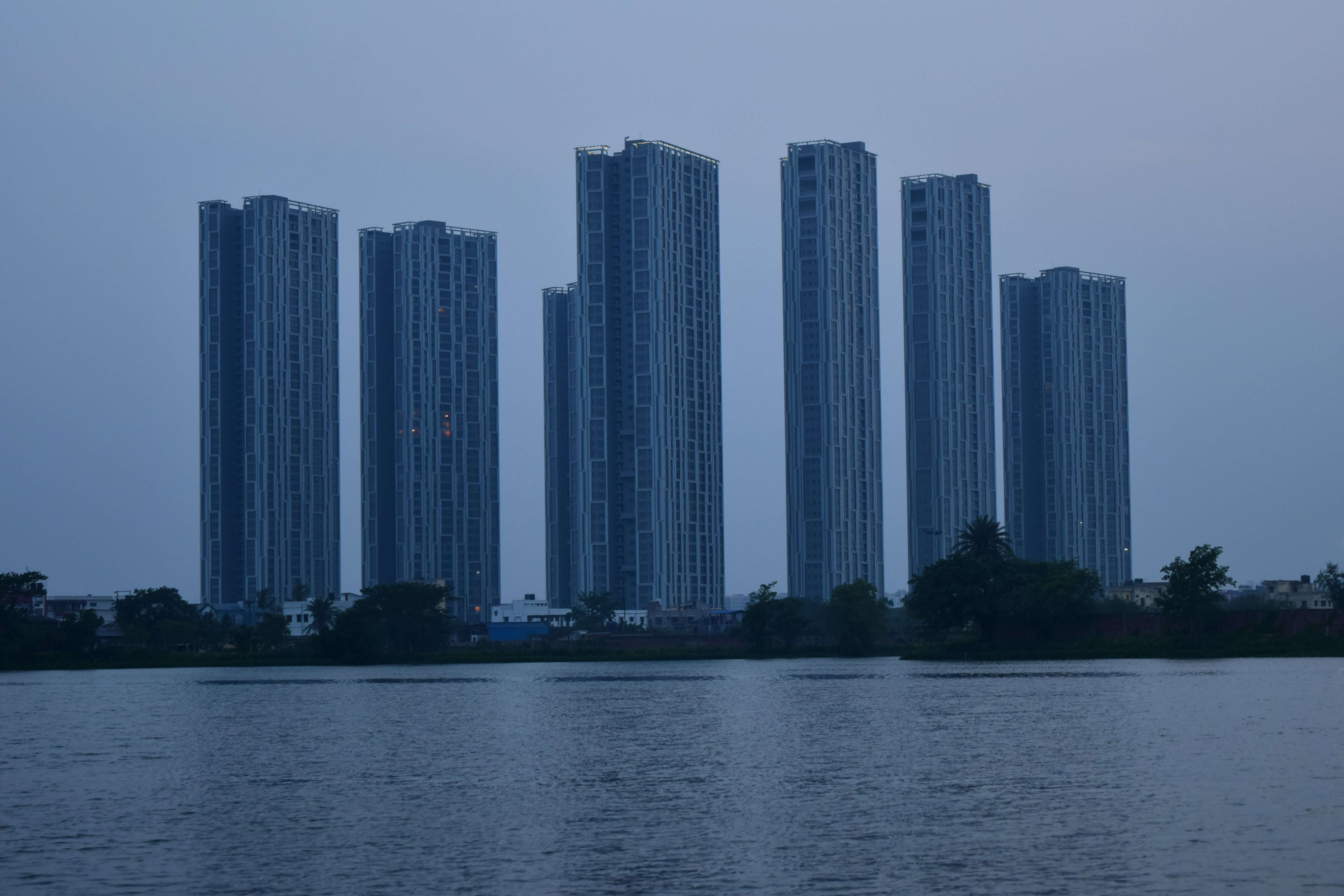Does the word ‘heritage’ mainly remind you of buildings?
Usually people visualise old buildings, preserved by the government, where people visit and admire the artefacts and architecture and learn about history.
But heritage can be natural heritage too. When people living within an environment use their creativity to yield positive benefits, and do it for many years, the result is an environmental heritage.
For example, the Sundarbans, 86 km from Kolkata, is an example of such a natural heritage that is known and admired the world over for its wealth of mangroves a special type of coastal vegetation and its role in protecting our coastline and in protecting Kolkata from environmental hazards. Sundarbans is a UNESCO World Heritage Site.
The East Kolkata Wetlands is another shining example of environmental heritage, where the local community has used its knowledge of the local environment to use the city’s wastewater to grow fish. It consists of a vast array of ponds that receive wastewater from the city’s outfall canals, utilise them to grow fish and the wastewater gets treated in the process, turning into clean water. This water is then channeled back into a river called Kulti, located 28 km downstream of the city of Kolkata.
Unmarked pride of Kolkata
The East Kolkata Wetlands, located to the East of Eastern Metropolitan Bypass, is spread over an area of 12,500 hectares, they treat the wastewater discharged from the majority of municipal wards of the city through natural process free of cost, so that we the city dwellers do not have to pay any tax to get our wastewater treated. Look around you, and you will find that residents in any standard city in the world have to pay a big price to dispose off their waste properly.
Not just this, these wastewater ponds produce large amounts of fish (about 10,000 metric tonnes per year) that feeds the population of the city. City wastewater also gets used to grow vegetables (about 147 tonnes per day), which is purchased from adjacent local markets and goes into the city. The wastewater contains nutrients that are useful to grow both fish and vegetables. The credit of the local producers and farmers lies in recognising the utility of the nutrients and using them for their fish-and-vegetable growing activities, which earns them their livelihood, about 30,000 of them.

Photo courtesy Pravash Mallick
When did this ecosystem start working?
Administrative oversight, formal planning about how to discharge wastewater and dispose it off began about 150 years ago when the municipal authorities and the irrigation department was confronted with the recurring public health problems of the city whose population was steadily growing, as well as other geographical and administrative issues. That is an information packed history which is too broad to be elaborated here. Suffice it to say that the first experiments in wastewater fishery in small ponds started around 1880 by a Bengali entrepreneur named Bhabanath Sen, whereas the large scale wastewater fishery started around 1930.
The wetlands were named, mapped and brought to the attention of the international community by engineer-ecologist Dr Dhrubajyoti Ghosh, a knowledgable spokesperson for the local community who won United Nations recognition for his work. In 2002, Dr Ghosh through his untiring efforts succeeded in getting Ramsar recognition for these wetlands.

This is called Lalkuthi, the once flourishing but now abandoned administrative office of the irrigation department, made out of red bricks, from which it derives the name ‘Lalkuthi’. The irrigation department head office is now located in Salt Lake, an area which was a wetland at one point of time. (Photo courtesy Soma Sarkar)
Today, these wetlands are threatened
The East Kolkata Wetlands perform a unique function: they serve as a natural biological wastewater treatment plant, as opposed to the mechanical and costly sewage treatment plants that function in many parts of the world. They save the municipal authorities handsome amounts that would otherwise have to be spent on wastewater treatment.
But today, this ecosystem that preserves the city is severely threatened by real estate that completely ignores the benefits that the city gets and wishes to remove the large community of fishermen and farmers who earn their livelihood from these wetlands, to make room for city dwellers.

Our Appeal
As conscious citizens, let us say no to this ruin of a living heritage. Let us take pride in the East Kolkata Wetlands, the only one of its kind in the world! Let us save it!
